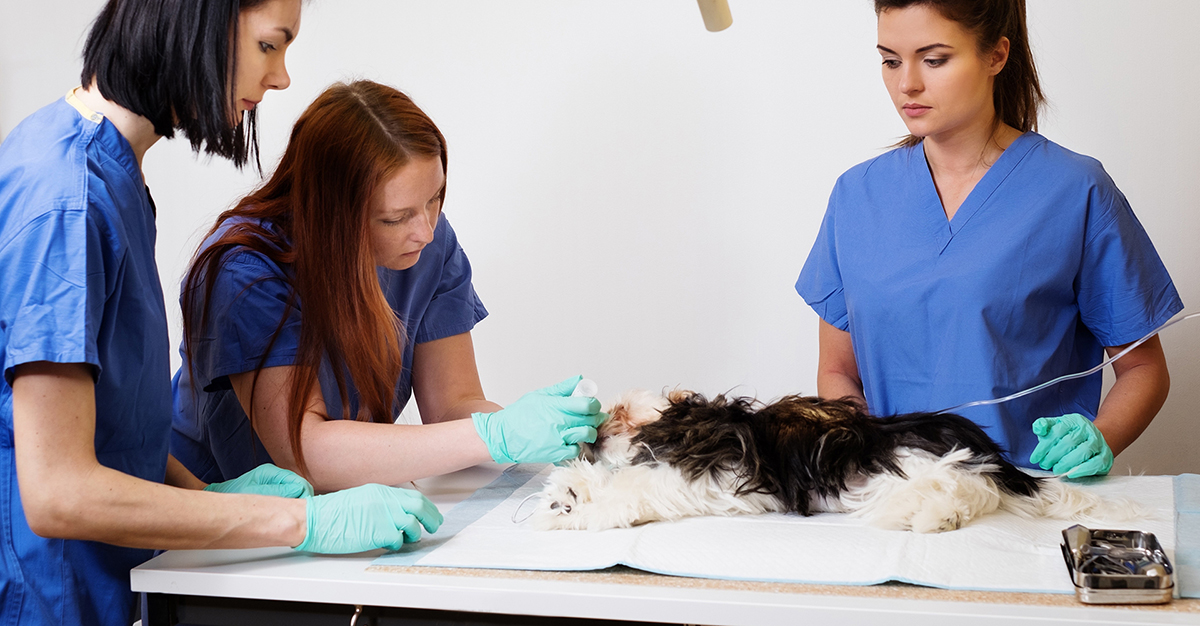How many years of college does it truly take to embark on the noble journey of becoming a pediatrician? This question lingers in the minds of aspiring medical professionals who dream of caring for the health and well-being of children.
The path to becoming a pediatrician is a rewarding one but demands a significant commitment to education and training.
In this quick read, we’ll delve into the educational timeline, shedding light on the years of dedication required to don the white coat and specialize in pediatric medicine.
Table of contents
How many years of college to be a Pediatrician?
Becoming a pediatrician is a long and rigorous process that involves several years of education and training. The journey typically begins with a bachelor’s degree, which takes about four years to complete.
Afterward, aspiring pediatricians must attend medical school, which lasts another four years. Following medical school, a residency program in pediatrics is required, which usually spans three years. So, in total, it takes approximately 11 years of college and postgraduate education to become a pediatrician.
This extensive educational path is essential to equip these medical professionals with the knowledge and skills necessary to provide specialized care for infants, children, and adolescents.
Read: How to Become a Teacher after College
How long does it take to become a Pediatrician?
Becoming a pediatrician is a lengthy and demanding journey that typically spans 11 years or more. It begins with a four-year bachelor’s degree program followed by four years of medical school.
After completing medical school, aspiring pediatricians enter a three-year pediatric residency program, where they gain hands-on clinical experience and specialized training in child healthcare.
Some pediatricians may choose to pursue further sub-specialization, which can add a few more years to their training.
In essence, the road to becoming a pediatrician requires a significant commitment to education and clinical practice, ensuring that these healthcare providers are well-prepared to care for the youngest members of our communities.
How to become a Pediatrician?
Becoming a pediatrician is a noble and rewarding journey that requires substantial dedication and education. Here’s a comprehensive overview of the steps involved:
- Undergraduate Education: Begin with a four-year bachelor’s degree in any field. While there’s no specific major requirement, aspiring pediatricians often choose pre-medical or science-related majors to fulfill prerequisite courses in biology, chemistry, physics, and mathematics.
- Medical School: After completing your undergraduate degree, you’ll need to attend medical school, which typically lasts four years. Here, you’ll earn either a Doctor of Medicine (MD) or a Doctor of Osteopathic Medicine (DO) degree.
- Residency: Following medical school, embark on a pediatric residency program, which spans three years. During this time, you’ll receive hands-on training in various pediatric specialties, clinics, and hospitals.
- Licensing: Obtain a medical license to practice independently. Licensing requirements may vary by state.
- Sub-specialization (Optional): Some pediatricians choose to pursue further sub-specialization by completing fellowships in areas like pediatric cardiology, pediatric oncology, or pediatric surgery. These fellowships can add an additional two to three years of training.
- Certification: Achieve board certification by passing the American Board of Pediatrics (ABP) exam, which demonstrates your expertise in pediatric medicine.
Also, read: How Long Does it Take to Become a Detective
FAQs
Pediatricians study a combination of pre-medical courses during their undergraduate education, followed by medical courses in medical school. Pre-medical courses typically include biology, chemistry, physics, and mathematics. In medical school, they study various medical disciplines, including anatomy, physiology, pharmacology, and pediatrics-specific subjects like child development and pediatric diseases.
One of the challenging aspects of being a pediatrician is delivering difficult news to parents or dealing with emotionally charged situations, such as handling serious illnesses or child abuse cases. Balancing the emotional toll of such situations while providing the best care for young patients can be emotionally taxing for pediatricians.
Most pediatricians work in outpatient care settings such as private pediatric practices, clinics, or group practices. They also work in hospitals, particularly in pediatric wards or neonatal intensive care units. Some pediatricians may choose to work in academic institutions, research, or public health agencies. The majority focus on providing primary care for children.
Conclusion
Becoming a pediatrician is a rigorous journey that involves years of education, training, and dedication. From the initial undergraduate coursework to medical school, residency, and potentially fellowship, pediatricians invest a significant portion of their lives in preparing to care for children’s health. The rewarding nature of the profession, where they play a vital role in the well-being of young patients, makes the demanding path worth the effort for those who are passionate about pediatric medicine.
References
- indeed.com – How Long Does It Take to Become a Pediatrician
- my.clevelandclinic.org – Pediatrician
- hospitalcareers.com – HOW TO BECOM-E-A-P-EDIATRICIAN






